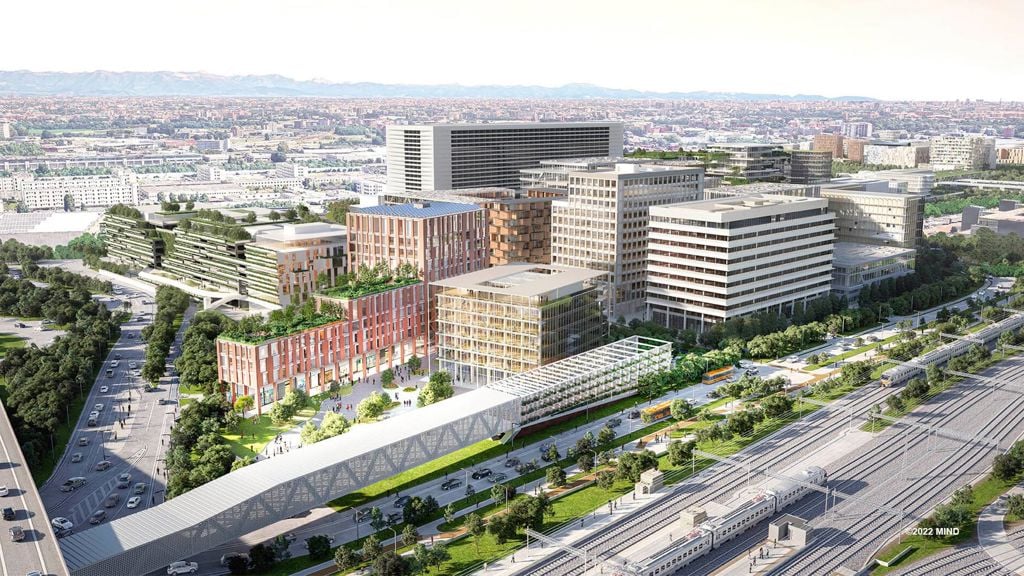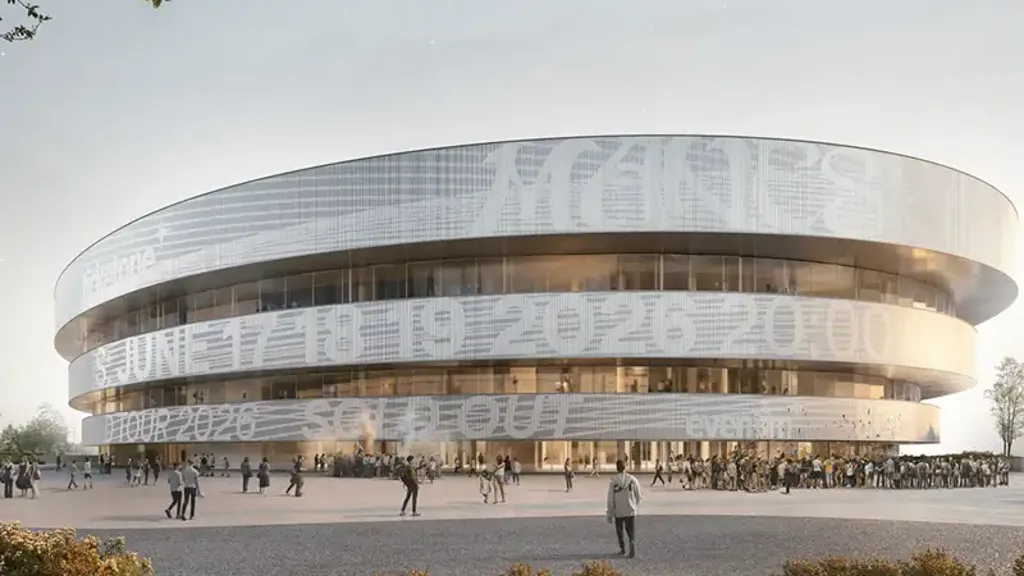Façade engineering and design
Concentrating on the building envelope from the outset of a new build or retrofit project embeds sustainability into its DNA. Focusing on a ‘fabric first’ approach, which prioritises improving a building’s existing fabric, we inspected and investigated the façade systems in a pre-disassembly audit early in the design process. Our intent was to retain as much material as possible for refurbishment and reuse in the upgraded façades, a process which enabled a reduction in operational CO2 emissions of around 69%.
During this process, for example, we determined the original glazing could be reused for architectural glass production. More than 4.5km of glazing framework was reused through a painstaking process of detailed inspection, structural calculation, cleaning, repair and strengthening of fixings to support the new high-performance glazing units, saving 8.5 tons of aluminium.
We designed and detailed subtle interventions, implementing new performance elements such as a bespoke gasket system and thermal breaks to the existing glazing frame, replacing non-visible roof systems with modern alternatives and installing high-performance glazing into the existing system. These interventions contributed more than 50% of the overall building energy use improvements.
The improved glazing solar control across the building will save 70 tonnes of carbon per annum in operation, whilst thermal and airtightness improvements will contribute a further 130 tonnes of carbon reduction per annum.
These contributions, along with improved UV filtering and security, are helping to safeguard the collection in the newly refurbished museum.










